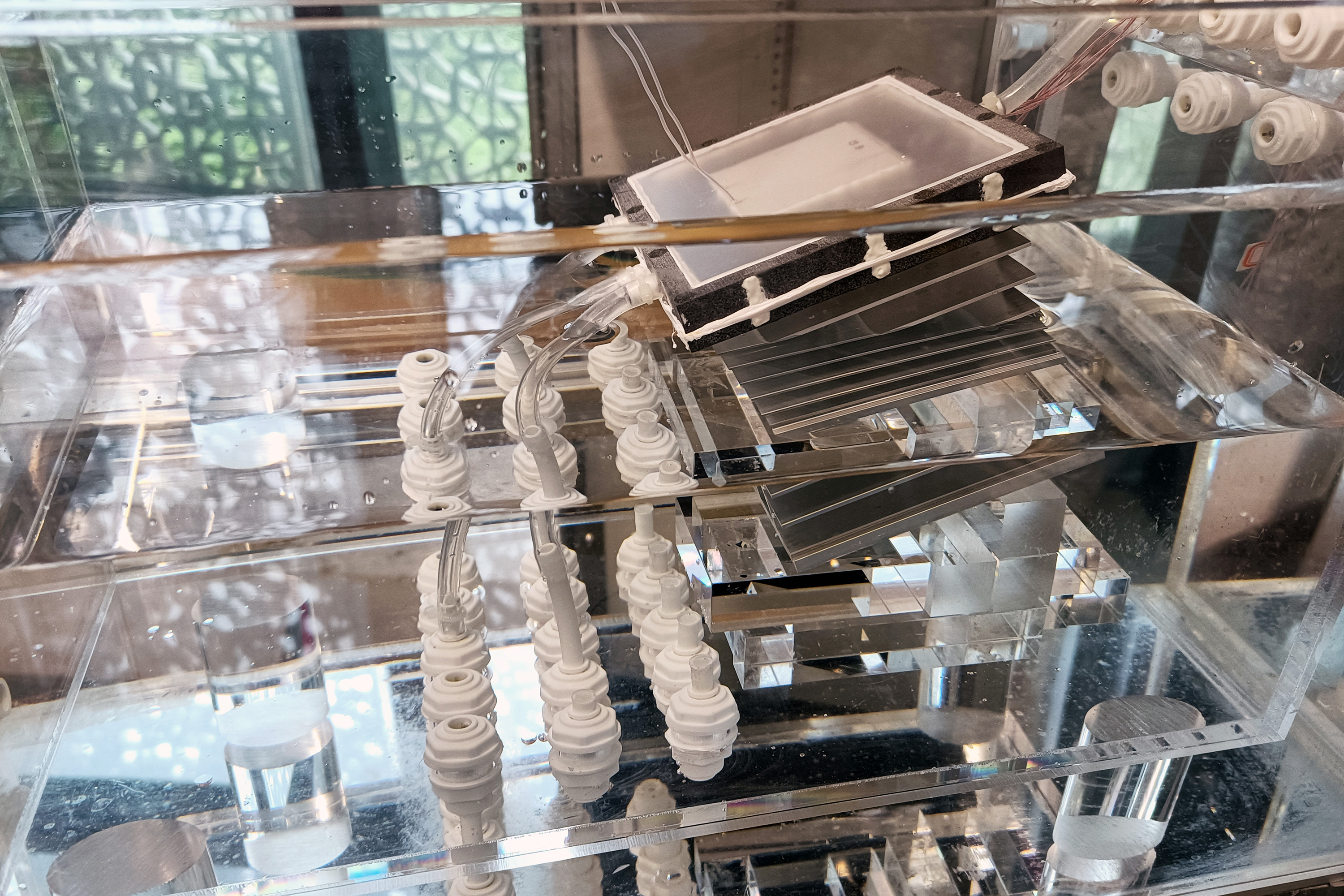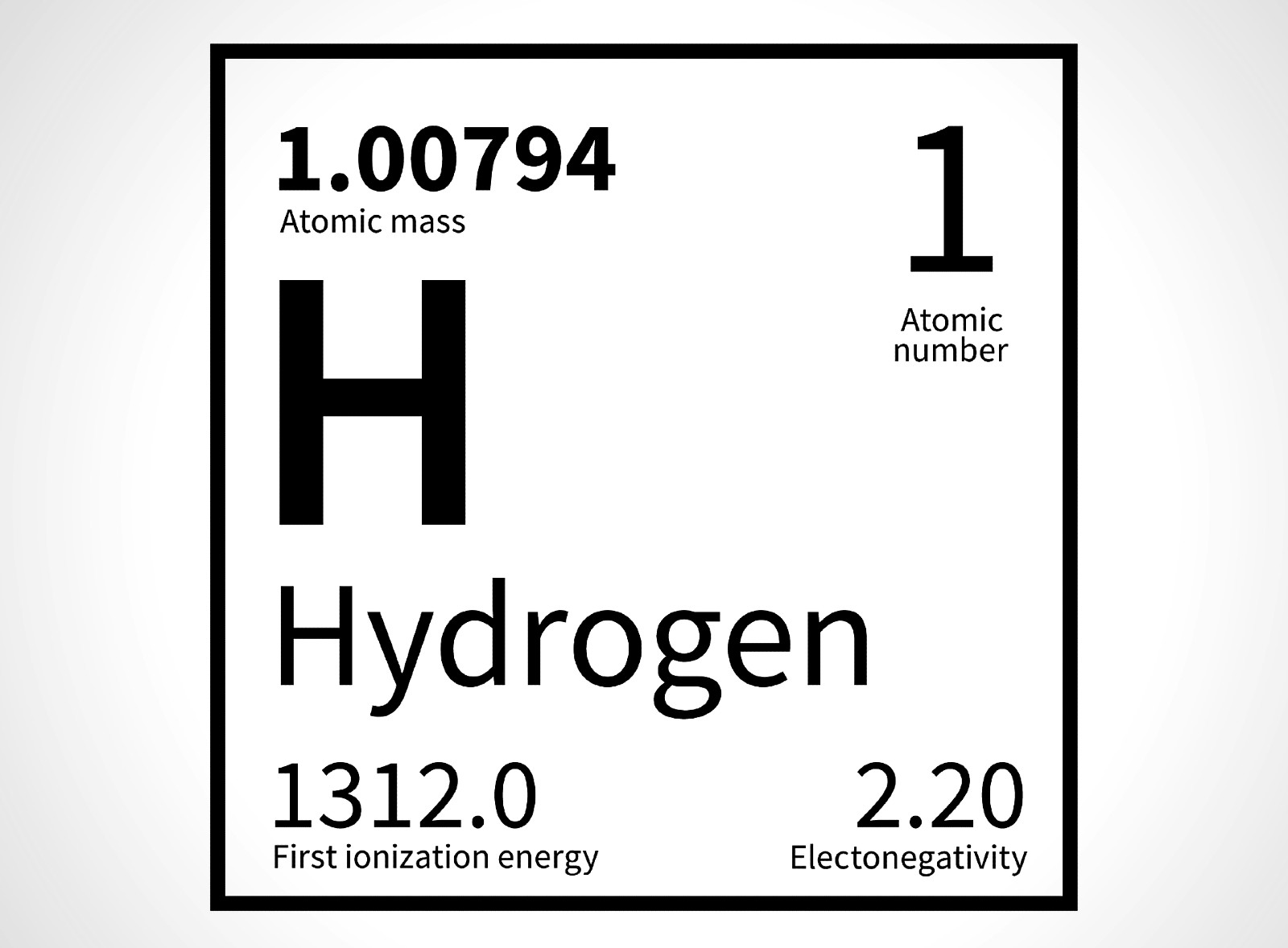Interesting, but as always, the issue is scale. A suitcase-sized device that can produce 4-6 liters a day ‘cheaper than tap water’ is promising, but I’m skeptical because the infrastructure for tap water already largely exists. If you can either hook it up to the pipes localized to a dwelling, or if it scales up to the size of a plant that can distribute it along the pipes in place, maybe. Even then, it relies on sunlight and evaporation to work, which means variable, possibly insufficient output in the colder wetter months.
Scaling small units up is not an issue. Just use multiple of those units. Much like a car battery can consist of thousands of individual cells.
Scaling large units down, however, can be a challenge with limits. So I would say finding a thing which works well at small scales is gold. If you want more, you’re free to either house multiple units in one building, or distribute them along the shore. Although it may well be possible that another design is more beneficial at other scales.
It’s also interesting for mobile use cases like naval vessels. I could even imagine some road train truckers having one of these in their emergency gear when crossing deserts, just in case.
Important also that areas most in need are able to access such infrastructure.
Im not so sure scale is the issue as long as cost is low for non built up areas. A suitcase sized device per person giving 4-6 liters is not bad given you can use salt water for non consumption.
yeah from what i understand the desalination technology is there, the problem is what to do with all the salt. you can dump it on the ocean, creating a dead sea zone. or you can dump somewhere on land, creating a dead land zone.
the only solution is the gene mod humans so we can eat larger and larger intakes of salt.
Easy, make humans larger and fill in the extra space with only more kidney! This could make kidney transplants more intricate though…guess we just send all the salt to the sun!






